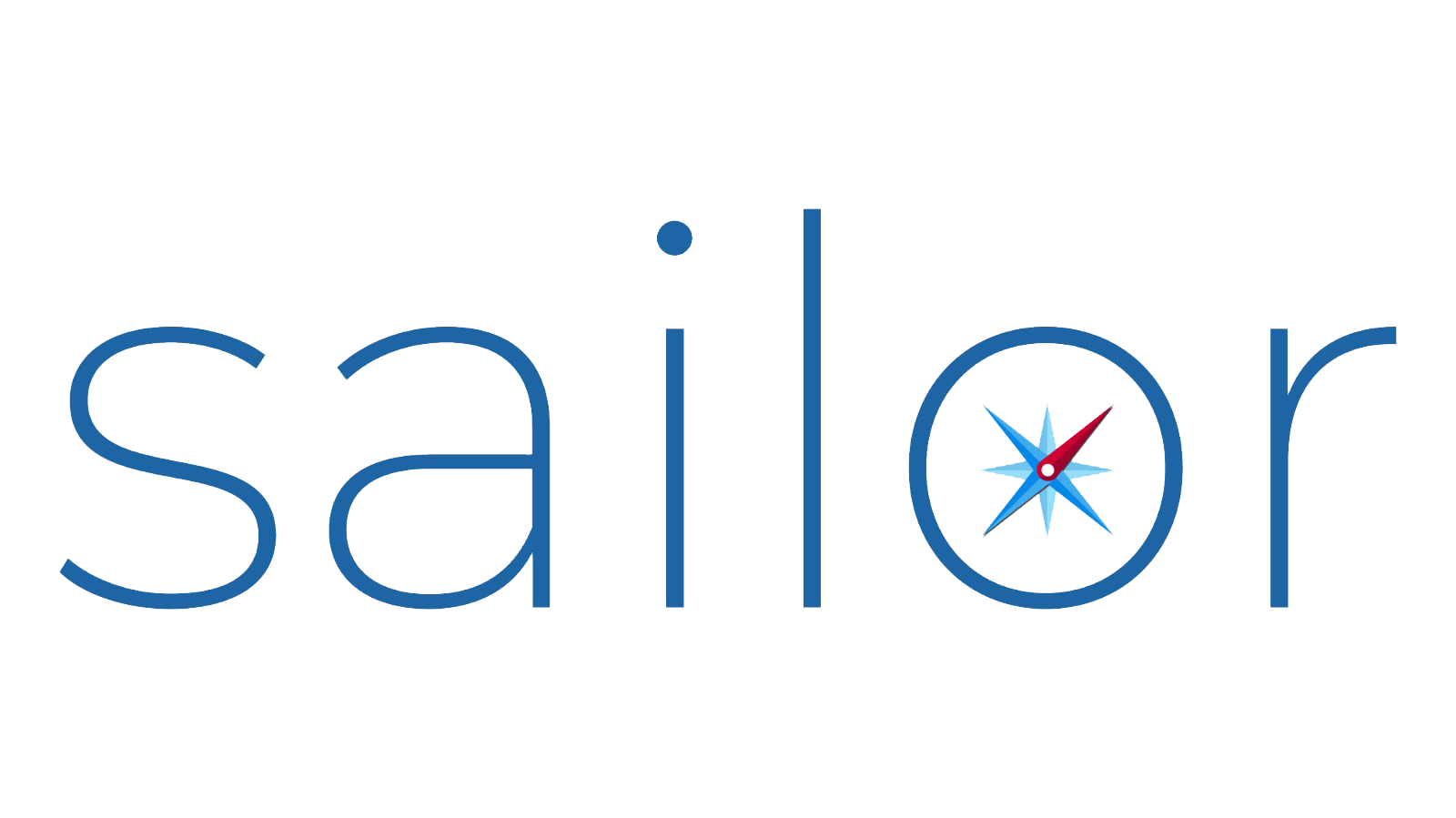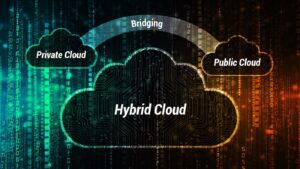Cloud computing has revolutionized the way businesses operate, providing access to scalable and affordable IT resources on demand. However, as cloud usage grows, so does the potential for wasteful spending. Effective cloud cost management (CCM) is essential for organizations that want to maximize their savings and avoid overpaying for cloud services.
Cloud cost management :
In this article, we will discuss 10 powerhouse strategies for managing cloud costs:
1. Review pricing and billing information
The first step to effective cloud cost management is to understand your cloud pricing and billing model. Cloud providers offer a variety of pricing options, so it is important to choose the one that best meets your needs and budget. Once you have chosen a pricing model, be sure to review your billing information regularly to identify any potential cost savings opportunities.
2. Set budgets
Once you understand your cloud pricing and billing model, you can start to set budgets for your cloud usage. This will help you track your spending and ensure that you stay within your budget. There are a variety of ways to set cloud budgets, such as by department, project, or resource type.
3. Identify unutilized resources
One of the most common ways to reduce cloud costs is to identify and eliminate unutilized resources. Unutilized resources are those that are not being used or are underutilized. Common examples of unutilized resources include idle EC2 instances, unused EBS volumes, and orphaned snapshots.
There are a variety of tools and techniques that you can use to identify unutilized resources. For example, you can use the AWS Cost Explorer or Azure Cost Management tools to identify unused resources. You can also use third-party tools such as CloudHealth or Apptio.
4. Identify idle resources
In addition to unutilized resources, you should also identify and terminate idle resources. Idle resources are those that are not being used but are still running and incurring costs. Common examples of idle resources include EC2 instances that are running during off-peak hours or development environments that are not being used.
You can use the same tools and techniques that you use to identify unutilized resources to identify idle resources. Once you have identified idle resources, you can terminate them to save costs.
5. Right-size the services
Right-sizing your cloud services means choosing the right instance type and resource configuration for your workloads. If you are overprovisioning your resources, you will be wasting money. If you are underprovisioning your resources, your workloads may not perform optimally.
There are a variety of tools and techniques that you can use to right-size your cloud services. For example, you can use the AWS EC2 Instance Recommendation tool or the Azure Advisor tool. You can also use third-party tools such as Cloudability or RightScale.
6. Use reserved instances
Reserved instances are a way to purchase cloud resources at a discounted price. Reserved instances are typically purchased for a one-year or three-year term. If you have predictable cloud usage patterns, reserved instances can be a great way to save costs.
7. Leverage spot instances
Spot instances are unused cloud resources that are available at a discounted price. Spot instances are typically priced at a fraction of the on-demand price, but they can be terminated at any time if the cloud provider needs the resources for other customers.
Spot instances are a good option for workloads that can be interrupted, such as batch jobs or development environments.
8. Limit data transfer fees
Data transfer fees can be a significant cost for organizations that use a lot of cloud storage. Cloud providers charge data transfer fees for moving data to and from the cloud.
There are a few ways to limit data transfer fees. First, you can choose a cloud provider that offers free or discounted data transfer. Second, you can optimize your data transfer by using a content delivery network (CDN) or by compressing your data.
9. Choose a single or multi-cloud deployment
Choosing a single or multi-cloud deployment can also impact your cloud costs. A single-cloud deployment means that you use all of your cloud resources from a single cloud provider. A multi-cloud deployment means that you use cloud resources from multiple cloud providers.
There are pros and cons to both single-cloud and multi-cloud deployments. Single-cloud deployments can offer better pricing and easier management. Multi-cloud deployments can offer more flexibility and resilience.
10. Monitor cost anomalies
Even after you have implemented all of the above strategies, it is important to monitor your cloud costs regularly for cost anomalies. Cost anomalies are unexpected spikes in your cloud spending.
There are a variety of tools and techniques that you can use to monitor cost anomalies. For example, you can use the AWS Cost Explorer or Azure Cost Management tools to create alerts for cost anomalies. You can also use third-party tools such as CloudHealth or Apptio.
Additional tips for maximizing cloud savings:
In addition to the 10 strategies discussed above, there are a few other things you can do to maximize your cloud savings:
-
- Optimize your cloud architecture. This includes designing your cloud applications to be as efficient as possible. For example, you can use serverless computing to avoid paying for idle capacity. You can also use microservices to break down your applications into smaller, more manageable components.
-
- Automate your cloud operations. Automation can help you to reduce costs by eliminating manual tasks and errors. For example, you can use automation to provision and scale your cloud resources based on demand. You can also use automation to identify and terminate idle resources.
-
- Use a cloud management platform (CMP). A CMP can help you to manage your cloud costs more effectively. A CMP can provide you with visibility into your cloud spending, and it can help you to identify and implement cost-saving recommendations.
Cloud cost management is an ongoing process. By following the strategies and tips discussed in this article, you can maximize your cloud savings and avoid overpaying for cloud services.
Here are some additional tips that you can implement:
-
- Use managed services. Managed services can help you to reduce your cloud costs by offloading the management of your cloud resources to a third-party provider.
-
- Negotiate with your cloud provider. If you are a large customer, you may be able to negotiate with your cloud provider to get better pricing or other benefits.
-
- Get certified in cloud computing. Getting certified in cloud computing can help you to better understand cloud pricing and billing models. It can also help you to identify and implement cost-saving strategies.
By following these tips, you can significantly reduce your cloud costs and improve your bottom line.
External Resources:
- Cloud Cost Optimization: A Comprehensive Guide: https://www.cloud4c.com/blogs/google-cloud-cost-optimization-the-ultimate-guide-for-gcp
- Azure Cost Management Best Practices: https://learn.microsoft.com/en-us/azure/cost-management-billing/costs/cost-mgt-best-practices
- Cloud Cost Optimization: 10 Strategies to Save Money: https://www.whizlabs.com/blog/google-cloud-cost-optimization/






